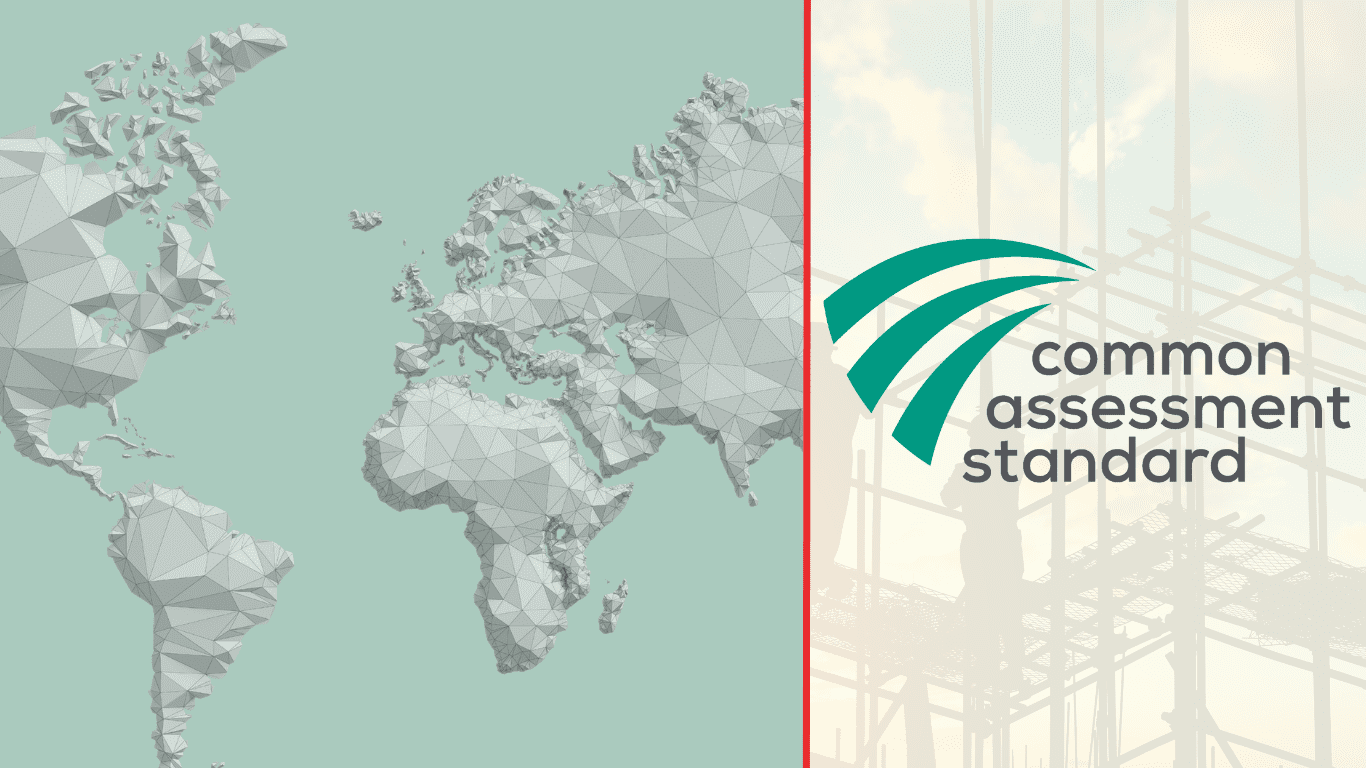Ensuring high quality supply chain data is a top priority for many buyers. It is, however, easier said than done. For modern, global companies with suppliers based all over the world, keeping an accurate picture of what is going on can be difficult.
As more buyers start to introduce digitisation into their supply chains, big data and analytics are two areas of focus. 64% of the supply chain executives that took part in the 2016 SCM world survey said big data analytics was an important technology for them. However, only 17% of those that took part in a similar study by Accenture had implemented it.
Getting better quality and more reliable supply chain data isn’t just about being more accountable. For companies that want to grow or develop new products and services, big data gaps can mean that the risk levels are just too high.
The benefits of good data
Good data allows you to make better decisions faster. It really is that simple. But it is important for all finance and procurement staff to be working towards the same goal when it comes to data processes.
By embracing technology and collaborating closely with IT departments, procurement staff can get much more value and the best insights possible from their supplier data.
Here are a few examples of the improvements that buyers could see if they get their data under control:
Planning and scheduling
By getting a clear picture of how materials and products are moving through your supply chain, you can identify bottlenecks and sources of delays. You’ll also be better equipped to plan for political, economic and social changes more accurately.
Many UK construction, oil & gas and automotive supply chains operate with their European suppliers on a very lean and just in time basis. This makes logistical delays potentially very costly. Research has shown, for example, that Brexit could mean the time it takes to clear lorries in the Eurotunnel and Dover area grows from two minutes to something closer to 40. Buyers may need to start stockpiling essential materials and components or explore changes to their current supplier base.
Order optimisation and Inventory planning
By only ordering what you need when you need it, you can reduce your costs and process times.
Good quality data means better forecasting, and better forecasting means you can plan and develop your inventory to drive value growth. The introduction in 2018 of 25% tariffs on steel imports and 10% on aluminium imports by the US Government affected 80% of the buyers and suppliers in our communities. With 75% of suppliers reporting a margin that is less than the amount of the potential 10% increase, buyers faced potentially large-scale disruptions to their supply chains. Knowing this in advance has helped many companies find alternative sources of supply, adjust their contracts and reconsider project timings and business cases.
Responsiveness
Your business needs to be as agile and responsive as possible in order to effectively deal with changes in your supply chain. With good quality data, you will be better able to take advantage of new opportunities that present themselves while keeping operational risk under control. Having a good source of high quality data about your company and your supply chain can also help you incorporate a wider variety of suppliers, helping to inject some fresh thinking and dynamism into your operations.
The challenges
As a buyer, what do you know about your suppliers? Do you know where in the world each tier of your supply chain is based? Are you aware of your suppliers’ financial histories, health and safety reports and regulation compliance records?
Gathering this data was once a long process of painstakingly contacting the businesses at each tier of the supply chain, before inputting it in a spreadsheet that only a couple of people in the organisation could understand.
This is unnecessary in the age of big data and constant connectivity. Huge amounts of data are being generated and stored at every stage of your supply chain as companies monitor their own operations. The challenge now is not a lack of data, it is collating it and making sense of it all.
So what are the main challenges buyers run into?
Opening up
Some companies like to hoard their data, as they feel it provides them with a competitive advantage. If 95% of orders are getting where they need to go on time, why do you need to share your precious data with the companies in your supply chain? The problem here is that the 5% is introducing risk into the supply chain. Finding a way to work together to minimise inefficiencies means opening up and sharing.
Shared platforms
Every company has distinct systems for data sharing and collection. This can hamper collaboration across a supply chain. Often, we find companies want to be more open with each other but the cost and time it would take to create a harmonious data infrastructure is too much of a barrier.
Quality and quantity
There is a lot of data out there, and not all of it will give you actionable insight. Data paralysis can really slow down the decision-making process.
Staff training and skill building is an important part of the puzzle. There is little point in getting more data if your staff can’t use it.
Asking the right questions
These are not the only challenges that companies are encountering, but getting a handle on these three will significantly improve the quality of your supply chain data.
This is where we come in.
Our pre-qualification supplier questionnaire gathers all of the business-critical information that buyers need, and we make sure it is kept up-to-date, accurate and validated. So you can be sure that the supply chain data you get as part of our communities is always accurate and valuable.
You can also take advantage of our Data Exchange solution, which creates trackable data for each supplier that can then be exported, along with the associated supplier data, into your spend analysis, ePurchasing, Enterprise Resource Planning (ERP) or other back-office systems. This means your supply chain data is available to every team that needs it rather than being siloed.


